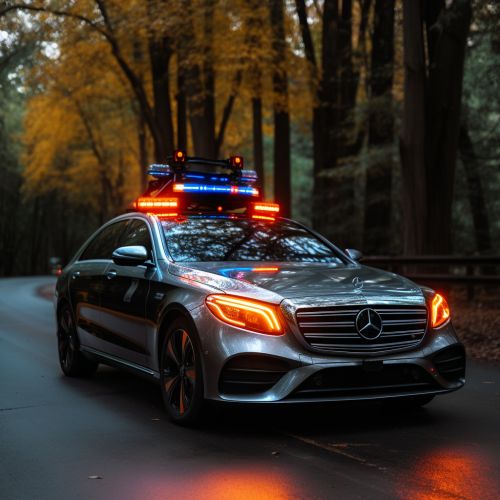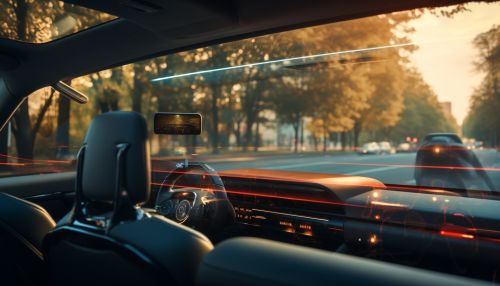Sensor Fusion in Autonomous Vehicles
Introduction
Sensor fusion is a critical aspect of autonomous vehicles, enabling them to perceive their environment and make informed decisions. Sensor fusion involves integrating data from multiple sensors to provide more accurate, reliable, and comprehensive information than would be possible from any single sensor. This article delves into the intricacies of sensor fusion in autonomous vehicles, exploring the types of sensors used, the fusion techniques, and the challenges faced.


Types of Sensors Used in Autonomous Vehicles
Autonomous vehicles use a variety of sensors to perceive their surroundings, each with its own strengths and weaknesses. These include LiDAR, radar, ultrasonic sensors, camera systems, and inertial measurement units (IMUs).
LiDAR
LiDAR (Light Detection and Ranging) sensors emit pulses of light and measure the time it takes for the light to return after hitting an object. This data is used to create a detailed 3D map of the environment, providing high-resolution data about the vehicle's surroundings.
Radar
Radar (Radio Detection and Ranging) sensors emit radio waves and measure the time it takes for them to return after hitting an object. They are particularly effective at detecting the speed and distance of objects, even in adverse weather conditions.
Ultrasonic Sensors
Ultrasonic sensors use sound waves to detect objects. They are typically used for short-range detection tasks, such as parking and obstacle avoidance.
Camera Systems
Camera systems capture visual data from the environment. They are essential for tasks such as lane detection, traffic sign recognition, and pedestrian detection.
Inertial Measurement Units
IMUs measure the vehicle's velocity, orientation, and gravitational forces, providing valuable data for navigation and control.
Sensor Fusion Techniques
There are several techniques for fusing sensor data in autonomous vehicles, including Kalman filters, particle filters, and neural networks.
Kalman Filters
Kalman filters are a popular method for sensor fusion. They use a series of mathematical equations to predict the state of a system (such as the position and velocity of a vehicle) and update these predictions as new data is received.
Particle Filters
Particle filters are a more complex method of sensor fusion. They use a set of "particles" to represent possible states of a system and update these particles as new data is received.
Neural Networks
Neural networks are a type of machine learning algorithm that can be used for sensor fusion. They can learn to combine data from multiple sensors in a way that optimizes the performance of the autonomous vehicle.
Challenges in Sensor Fusion
Despite its importance, sensor fusion in autonomous vehicles faces several challenges. These include dealing with conflicting data from different sensors, handling the large amounts of data generated by the sensors, and ensuring the reliability and robustness of the fusion process.
Conclusion
Sensor fusion is a vital component of autonomous vehicles, enabling them to perceive their environment and make informed decisions. By integrating data from multiple sensors, it provides a more accurate, reliable, and comprehensive view of the environment than would be possible from any single sensor. However, it also presents several challenges, including dealing with conflicting data, handling large amounts of data, and ensuring reliability and robustness.
